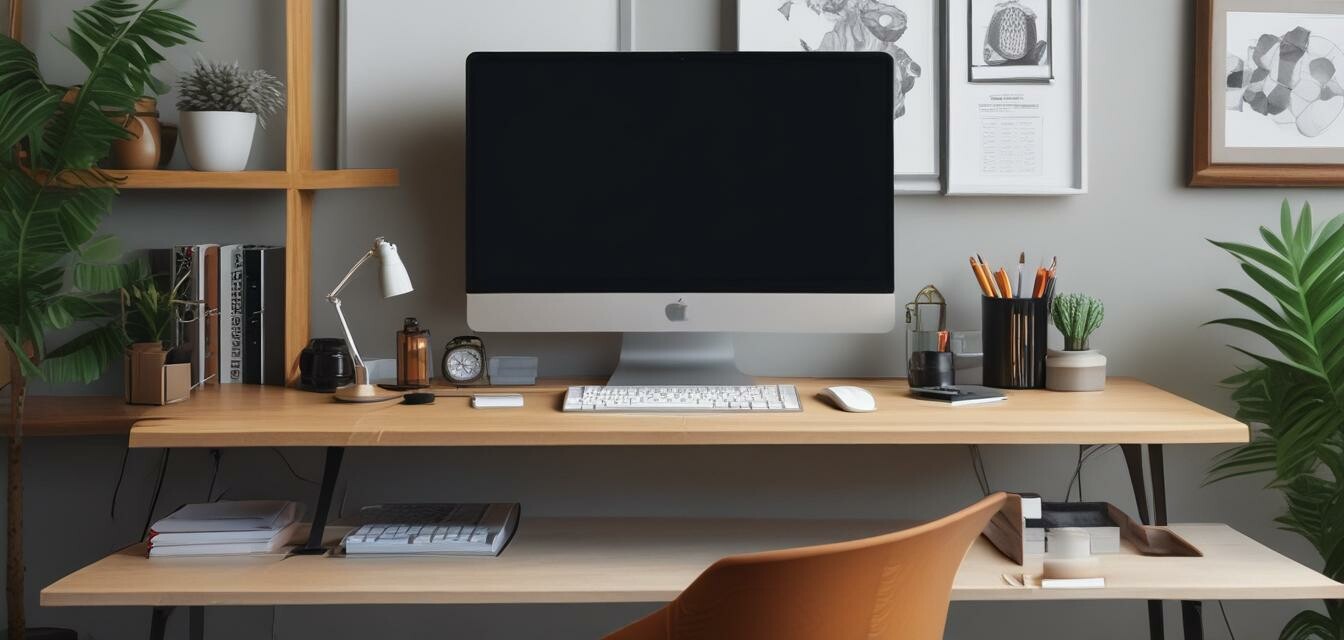
Setting Up a Productive Home Office for Students
Key Takeaways
- Choose a dedicated study space free from distractions.
- Invest in ergonomic furniture for comfort during long study sessions.
- Utilize technology like multi-monitor setups to enhance productivity.
- Incorporate effective lighting to improve focus.
- Customize your space to inspire creativity and motivation.
Creating a productive home office for students is essential in maximizing their focus and enhancing their learning experience. With the right setup, students can transform any space into a study haven that caters to their unique needs and preferences.
The importance of a study space
A well-organized study space has immense benefits for students. It provides a dedicated place to concentrate, stay organized, and work effectively. Here are some factors that can help create an optimal learning environment:
- Minimizing distractions, such as noise and clutter.
- Encouraging better posture and comfort while studying.
- Creating visual cues that promote motivation.
Key elements of an effective study space
| Element | Description | Benefits |
|---|---|---|
| Desk | A spacious workspace for your laptop, books, and writing materials. | Encourages organization and focus. |
| Chair | Ergonomic chairs that support proper posture. | Reduces discomfort and enhances concentration. |
| Lighting | Natural and artificial lighting options to brighten the space. | Improves mood and visibility. |
| Technology | Devices like computers and printers. | Streamlines the study process and enables research. |
Choosing the right furniture
Your choice of furniture plays a key role in determining the productivity level of your study space. Below are some tips for selecting furniture that enhances your home office:
Tips for selecting furniture
- Opt for a desk that fits your space but provides ample workspace.
- Choose an adjustable chair to match your preferred height.
- Incorporate shelves and storage solutions to keep materials organized.
- Consider a multi-monitor setup to ease the workload.
Lighting considerations
The quality of lighting in your study space can significantly affect your focus and energy level. Here are some suggestions:
- Make use of natural light by positioning your desk near a window.
- Use task lighting, such as desk lamps, for focused reading and writing.
- Dimmer switches allow for customizable lighting depending on the time of day.
Enhancing your space with decor
Customizing your study area with decor elements can inspire and motivate you. Here are some ideas:
- Hang motivational quotes or artwork on the walls.
- Add plants to bring life and freshness to your workspace.
- Use vibrant colored accessories to create an energetic atmosphere.
Organizing your materials
Keeping your study materials organized is crucial for maintaining a productive workspace. Here are effective organizational strategies:
- Sort your materials by subject or priority.
- Use bins or boxes to separate different supplies.
- Regularly declutter your desk to maintain a clean environment.
Embracing technology
In today's digital era, utilizing technology can streamline your study process. Consider the following:
- Use online resources for research and study materials.
- Leverage productivity apps to help manage your time.
- Explore the benefits of cloud storage for easy access to files.
Pros
- Improved focus and productivity.
- Comfortable and ergonomic workspace.
- Encouragement of creativity through personalized decor.
Cons
- Potential for distraction if not properly organized.
- Initial cost of furniture and technology.
- Time investment in organizing and personalizing the space.
Conclusion
Setting up a productive home office for students involves a combination of the right elements, furniture, and organizational strategies. By personalizing your space, you can create an effective study environment that fosters focus, creativity, and everything else needed for academic success. For more tips, check out our DIY tips and tricks section or explore our computer peripherals for enhancing your setup!